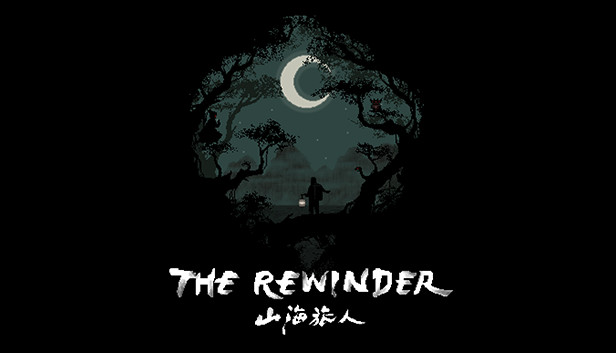You’ve been there before: you’re searching on Craigslist for a used, two door Volkswagon Rabbit or a three bedroom apartment in Astoria, Queens, and each time you click, you wonder what the website could be thinking. You find yourself wishing that there was a way to peek behind each of those links without actually opening the page and now there is: Yolink.

Yolink is a like a search engine within a search engine that can help not only fine tune your search results from sites like Craigslist or Google, but can even pull information from within documents offered in those search results.
Yolink is making its search-within-a-search technology available in a number of ways, by API for web developers, widget for blog and website owners, and browser plugin for the average user.
“Yolink technology enhances search and offers a smarter way to cut though the layers of unfiltered, extraneous information to find the exactly the information you are looking for,” said Brian Cheek, Director of Business Development, in a release. “What we’ve done is provide a way for people to step through links and inside documents to get the information they really need, quickly.”
The concept here is simple: a list of links does little to help you find what your looking for, so Yolink expands those links to show you the parts of the result that contain the words your looking for. By clicking on the text shown, Yolink will open up that page in a preview window to the side, moving to the location of that specific text in that page. Beyond helping you find exactly what you’re looking for, Yolink also helps with sharing and bookmarking that information. A small set of icons gives users the ability to share information on a number of social networks or to copy and paste results directly into their Google Docs account, even appending text onto existing documents.
A primary difference between Yolink and other search engines, such as Google Site Search, is that it operates on a logic-based approached rather than sorting search results by PageRank and popularity.
The site currently offers a “labs” section to help show off what it’s capable of, previewing how it can be integrated into Craigslist, Google Patents, Yahoo search, Blogger and more.





















